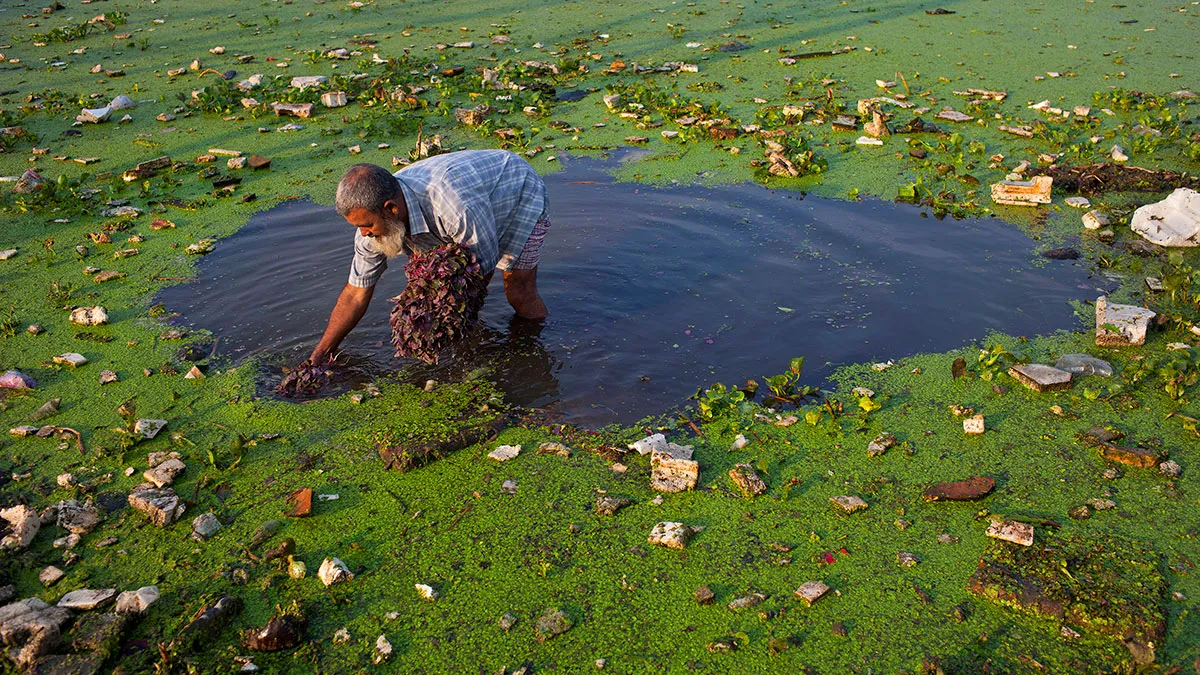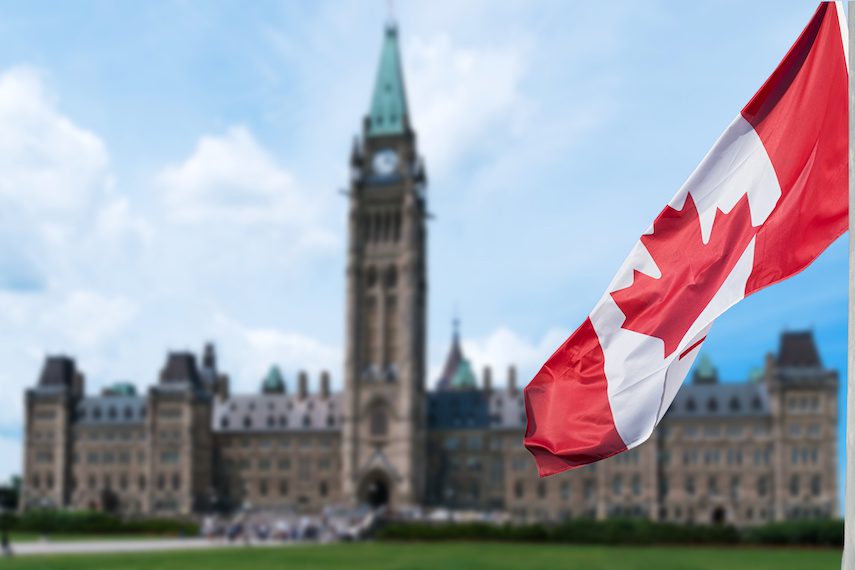Key Impact Points:
- EU proposes new directive to integrate the High Seas Treaty into EU law, aiming to protect 30% of the ocean by 2030.
- Directive simplifies environmental assessments, promotes genetic resource sharing, and sets large-scale marine protected areas.
- EU commits to ratifying the Treaty before the UN Ocean Conference in June 2025.
EU Moves to Strengthen Ocean Protection
The European Commission has unveiled a proposal to integrate the landmark Biodiversity Beyond National Jurisdiction (BBNJ) Agreement—also known as the Treaty of the High Seas—into EU law. Signed by President Ursula von der Leyen on behalf of the European Union in September 2023, the treaty seeks to protect oceans, curb biodiversity loss, tackle environmental degradation, and address climate change.
The proposal directly supports the Kunming-Montreal Global Biodiversity Framework goals, including the commitment to protect at least 30% of the ocean by 2030 and to ensure fair benefit-sharing from marine genetic resources and digital sequence information.
Key Provisions of the Proposed Directive
While existing EU law already aligns with significant parts of the BBNJ Agreement, the new directive will ensure full and efficient implementation across Member States. It focuses on:
- Establishing large-scale marine protected areas in international waters.
- Requiring environmental impact assessments for activities in international waters, emphasizing transparency, accountability, and public participation.
- Facilitating the sharing of marine genetic resources to ensure equitable distribution of benefits, aligned with the COP16 Cali Fund.
The directive also aims to simplify administrative processes and create a level playing field across the EU while minimizing regulatory burdens.
Costas Kadis, Commissioner for Fisheries and Oceans, stated:
“I welcome this proposal, as it confirms that ocean protection is a priority for the EU and it reaffirms our commitment to the efficient implementation of the BBNJ Agreement. This historic agreement is ambitious, fair and equitable and a key milestone for the protection of our ocean.”
Jessika Roswall, Commissioner for Environment, Water Resilience and a Competitive Circular Economy, added:
“With this proposal, we are ensuring all EU countries work together to implement the High Seas Treaty, demonstrating our real commitment to protecting biodiversity. Following the successful biodiversity talks at COP16, we are taking concrete steps to follow through on our international commitments. Our ocean needs to be protected, and we are showing today that this can be done in a simplified, consistent and straightforward way.”
Next Steps
The proposal will now be discussed by the European Parliament and the Council. The BBNJ Agreement will enter into force 120 days after 60 countries ratify and submit their ratification documents. The EU is committed to completing ratification before the UN Ocean Conference in Nice in June 2025.
The directive must be in place before the Treaty takes effect.
Background on the High Seas and the BBNJ Treaty
Areas beyond national jurisdiction represent nearly two-thirds of the world’s oceans and are critical for ecological, economic, and social benefits. These regions face growing threats from pollution, overexploitation, and climate change.
The BBNJ Agreement, signed by 89 countries in 2023, strengthens the United Nations Convention on the Law of the Sea (UNCLOS) by implementing principles of cooperation, environmental protection, and prior impact assessments. It supports the 2030 Agenda for Sustainable Development, particularly SDG 14: Life Below Water.
Related Article: Chile Pushes to Protect Pacific Biodiversity Hotspot as 2026 High Seas Deadline Nears












